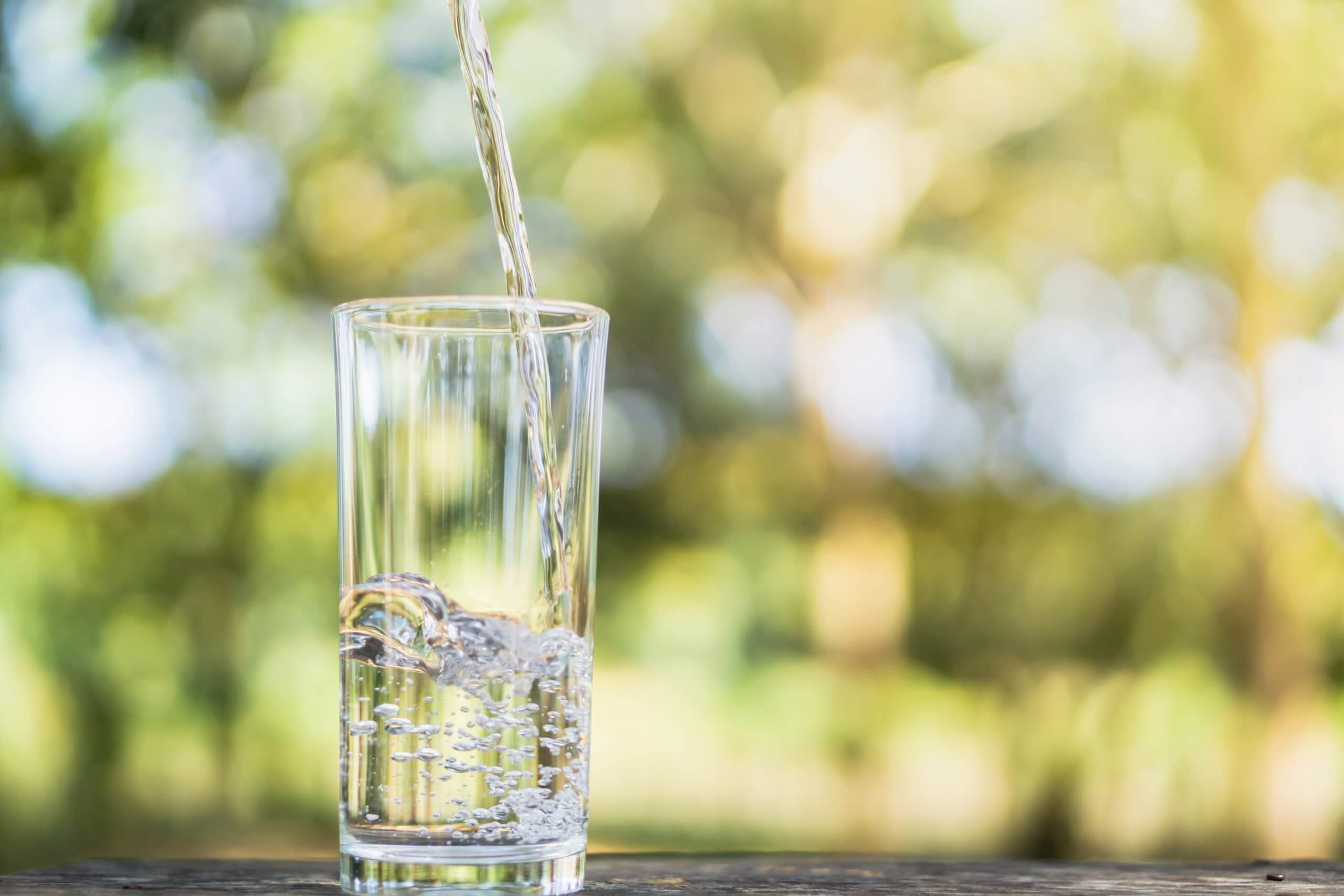How to Choose the Right Water Filtration System for Your Home
Have you ever wondered what could be lurking in your tap water despite its convenience? Your water could contain lead, pesticides such as arsenic, and bacteria. Or, it could have minerals that build up in your pipes and appliances, causing scale build-up. A quality filtration system can help give you peace of mind by removing contaminants that concern you.
Understand Your Water Quality
Evaluate your local water’s characteristics to determine the filtration system your home requires. Our experts at Crystal Blue Plumbing, Heating & Air can test your water and provide you with a water quality report indicating levels of nuisance substances or potential health hazards in your untreated water supply and advise you on the best water filtration system to suit your needs. Common issues checked include sediments, chlorine, taste and odor, hardness minerals, heavy metals, and bacterial or viral contaminants.
Knowing what’s in your tap lets you focus your search on systems equipped to remove specific problematic substances. For minor sediment or chlorine, a basic faucet-mounted unit may suffice. However, a whole-house setup with advanced purification stages is necessary for heavily polluted water. Testing reveals your water filtration needs and which technologies can effectively resolve issues to keep you and your loved ones safe.
Cost of the System
After knowing the type of water filtration system you want, you need to establish the budget for setting it up. Water filtration systems range greatly in price. Consulting with a professional contractor such as Crystal Blue Plumbing, Heating & Air can help you choose a system that meets your needs without emptying your bank account.
Your water test may reveal that your water does not have any issues except that it does not taste great. In this case, an inexpensive solution like plastic pitchers with filters may meet your needs. However, they can be inconvenient because you have to refill them frequently, and their filters are prone to clogging.
A point-of-use water filter is also a less expensive option that is much more convenient. Professionals usually integrate this type of filter in the plumbing under the sink so that it is out of the way. Homeowners often choose this type for kitchen faucets. It will provide filtered water for drinking and cooking. However, there is no reason that you cannot have another installed in each of your bathrooms for brushing your teeth and grabbing a cup of clean water before bed.
Mid-range whole-home sediment and carbon block filters cost more as they treat all water entering your home. They may be necessary if you have hard water issues that cause scale build-up. Hard water can cause damage to your plumbing and appliances, such as dishwashers and laundry machines.
The most expensive systems incorporate UV light or reverse osmosis membranes and solve a host of more severe water issues. If your water tested positive for the presence of microorganisms, a UV system may be the solution. They effectively eliminate viruses and bacteria from your water. However, they are ineffective against chemicals, metals, or particulates.
On the other hand, reverse osmosis water filtration systems remove salts and heavy metals from water. The downside of the reverse osmosis system is it wastes water because for every unit of pure water produced roughly two additional units of contaminated water are flushed down the drain.
Research Top Brands and Models
If you need a point-of-use or whole-house water filtration system, you can compare various models to determine the model that will meet your needs and budget.
Certifications
Ensure you search for accreditation according to the NSF and ANSI Standards 42 and 53. These standards assess the effectiveness of removing substances such as chlorine and lead. The process involves subjecting the system to a specified concentration of pollutants and evaluating its performance in reducing these targeted contaminants to acceptable levels.
Materials
Consider filters that incorporate carbon blocks or KDF media, whereby water passes through a porous material. This media traps and removes contaminants through adsorption and chemical reactions. It is effective at removing various pollutants, such as inorganic compounds. Quality whole-house UV and reverse osmosis water treatment models incorporate carbon blocks or KDF media as the first stage of water filtration.
Compatibility
Check the compatibility of a system with your home’s existing plumbing. The majority of filtration systems are compatible with a wide range of homes. However, it is possible that your particular plumbing system may not be compatible with some models, so you can eliminate them from your list. Or, you may have to make changes to your plumbing that will add to installation costs for both point-of-use and whole-house systems.
Check the System’s Flow Rate
Getting a filter with an adequate flow rate for a whole house system is crucial to avoid low water pressure issues. Most manufacturers list the maximum gallon per minute (GPM) flow their units can accommodate. Compare this number to your home’s peak water demands. For example, a three-bathroom house may need at least 15-20 GPM to maintain strong water pressure during simultaneous showering and running of the dishwasher.
Consider Your Home’s Water Usage
How many people live in your home? What are your daily water use habits? These questions will help determine if you need a small under-sink filter or a more extensive whole-home solution. Due to low water usage, a single person or couple may only require a tap filter to treat the water they drink and cook with. However, a large family with high water usage will benefit more from a high-capacity system treating all the pipes in the house. Ultimately, it’s important to consider current and future water needs as kids grow up and extended family visits to size your filtration system correctly.
Size of the System
Measure the physical space you have available for your filter installation, too. Whole home systems range in size but generally require at least a few square feet of clear floor area plus clearance for filter replacement. Point-of-use designs will fit in the cabinet under a sink, while larger whole home units may need a dedicated water treatment area. Additionally, consider that a whole house model will have to be placed near your home’s main water line and electrical outlets. Proper sizing upfront helps you avoid costly redesigns or settling for a less-than-ideal location later.
Future-Proofing Your System
Your water needs may change over time. It is wise to choose a versatile water filtration solution adaptable to changes. Whole house modular designs simplify adding extra capacity if your household grows.
Contact the Professionals
At Crystal Blue Plumbing, Heating & Air, we have served the residents of Loomis, CA, and the surrounding areas for over 40 years with expert plumbing. We install, maintain, and repair water treatment systems and can address any of your other plumbing needs. In addition, we provide heating and air conditioning services.
Contact us today to make an appointment with one of our experts.








